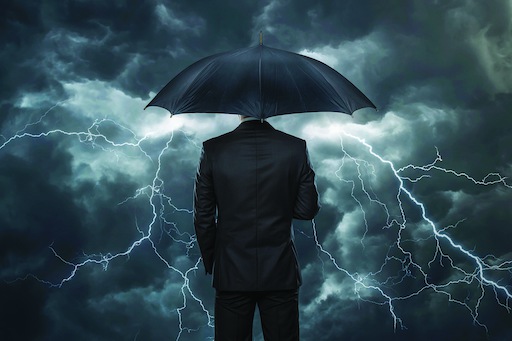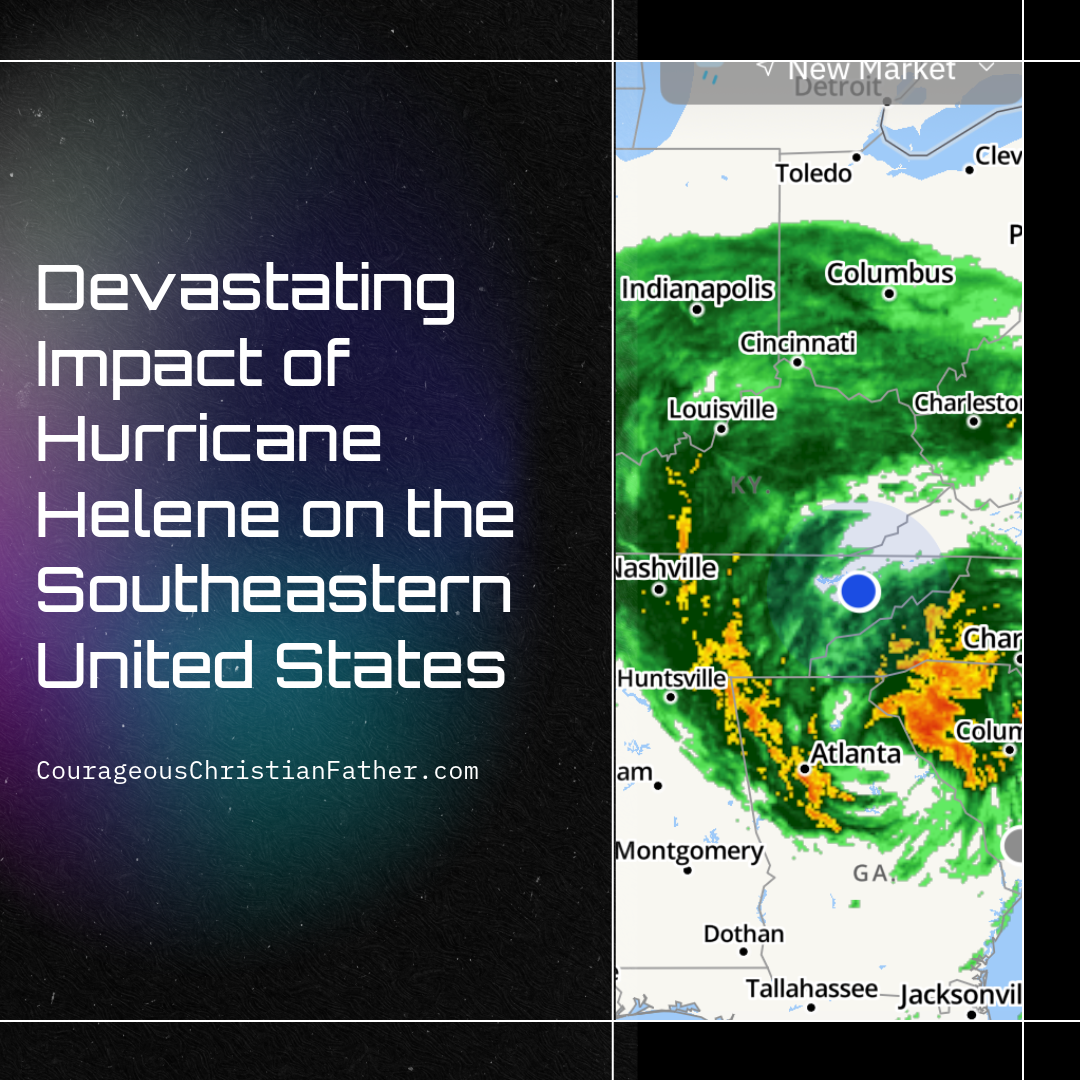15+ Thunderstorm Safety Tips – Watching a good storm can be an entertaining summertime activity. Few things grab our attention like a mid-summer thunderstorm. Steamy temperatures and turbulent atmospheric conditions often conspire to produce amazing visual pyrotechnics and house-shaking booms. #ThunderstormSafety

I love to watch a thunderstorm! Watching the lightening light up the sky. I always say lightening is God’s fireworks on display. Fireworks are not the only thing that light up the sky on warm evenings. Hot, humid weather often presents the ideal conditions for the formation of thunderstorms to form.
Storms can be powerful and can show the power of God because God controls the storms! No matter our storm, we will still praise him.
Thunderstorms occur when cold upper air descends and warm, moist air rises. When these air masses collide, they form thick cumulonimbus clouds, often referred to as “thunderheads.” Thunderstorms may begin and end in an instant, or several storms may string together to make thunder and lighting clusters.
While thunderstorms can occur during any time of the year, they’re more likely to occur in spring and summer. According to a NASA study, the most intense and powerful thunderstorms occur in the eastern part of the Andes mountains in Argentina. But strong thunderstorms can occur just about anywhere moisture, unstable air and lift (from sea breezes or mountains) causes air to rise up.
Thunderstorms have the potential to cause significant damage and injuries, most notably from lightning strikes. It’s always wise to seek shelter during a thunderstorm so you are protected from lightning, falling limbs from trees and hail, which often accompanies thunderstorms.
Despite thunderstorms’ harmful potential, they can be very enjoyable to watch or chase. But storm spectators should keep these tips in mind.
Summer weather is bound to include some thunderstorms. Where there is thunder, there’s lightning, and remember to stay safe by watching these storms from a distance and making smart choices.
The National Severe Storms Laboratory estimates that 16 million thunderstorms occur across the globe each year. The NSSL says that, at any given moment, there are 2,000 thunderstorms in progress. In the United States, eight cities in Florida top the Farmer’s Almanac list for the most thunderstorm-prone areas. The regions’ average conditions can be highly favorable for producing thunderstorms.
Although thunderstorms can be exciting to watch from the safety of indoors, these storms can be strong and dangerous. Thunderstorms are often accompanied by damaging winds and large hail. Thunderstorms can move in very quickly and produce flash flooding conditions. The American Red Cross offers that every thunderstorm produces lightning, which kills more people each year than tornadoes or hurricanes.
Despite advance warnings, people are killed or seriously injured by severe thunderstorms each year. Respecting the power of a thunderstorm can help keep people safe.
Tips to Keep In Mind
- Watch thunderstorms from the safety of indoors. It may be tempting to be out in the storm, but if you head outside during a storm, you are risking injury or even death. Consider watching a storm from the comfort of inside a garage, where you can leave the door open and see, hear and smell the storm while it comes through.
- Keep flashlights or candles handy. Strong storms can knock out power. Always have a backup light source readily available in case the power goes out. Also, you may need a battery-powered radio or a charged mobile phone at the ready to keep up on storm alerts.
- Have Extra Batteries Handy. That way you can still use your flashlights or Weather Radio. Just replace the batteries as needed.
- Keep pets in an interior room so they do not get too spooked. Thunderstorms frighten many animals, so pets should not share in your storm-watching endeavors. They may injure themselves trying to escape the noise. It’s best if pets are kept in a quiet, dark space until the storm has ended.
- Steer clear of standing bodies of water. Downed power lines may leach electricity through puddles, potentially causing electrocution if people are standing in puddles. Do not touch any wires that seem suspicious. Water is an easy conduit for lightning, so avoid any bodies of water during a thunderstorm.
- If you’re caught in a thunderstorm and don’t have indoor shelter, do not seek shelter under trees, which can attract lightning strikes. Accuweather.com advises that people who cannot find reasonable shelter after a storm should take steps to minimize their risk of being struck or injured. Crouch as low to the ground as you can, but do not lie down on the ground or put your hands down. Stay on just your feet to cover as little ground as possible. You also want to be as low as you can to reduce your risks of being a lightning target. Keep anything that is a good electrical conductor away from you.
- Follow the 30/30 lightning safety rule. When lightning flashes, immediately go indoors if you cannot count to 30 before hearing a thunder clap. Remain indoors for 30 minutes after hearing the last rumble of thunder.
- Upon hearing thunder, get out of boats, pools and other bodies of water.
- Unplug electronic equipment that may be susceptible to damage from power surges caused by lightning hitting power lines.
- Listen to the local news or NOAA Weather Radio for emergency updates.
- Get to higher ground if flash flooding is possible.
- Avoid contact with plumbing fixtures, as water conducts electricity.
- Do not try to drive during severe thunderstorms. Afterward, do not drive through standing puddles. They may be too deep to gauge
- Stay away from windows.
- If you are caught outdoors, seek shelter if possible. If shelter is not available, find a low area away from metal areas or tall objects that can attract lightning. Curl into a ball and make yourself as small as possible.
- After the storm, stay away from downed power lines and report them immediately.
Compliments of MetroCreative. TF166165 TF176103
About the Author
Discover more from Courageous Christian Father
Subscribe to get the latest posts sent to your email.


